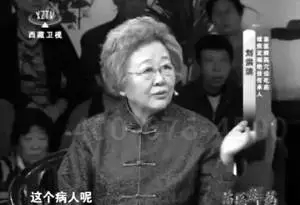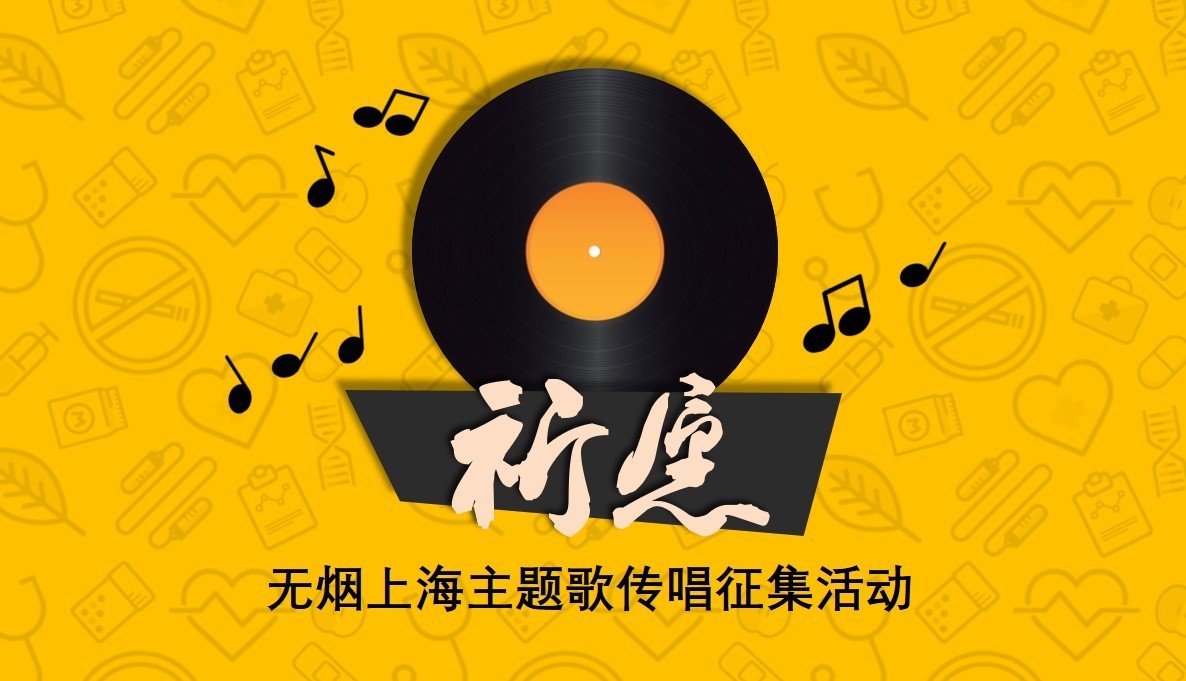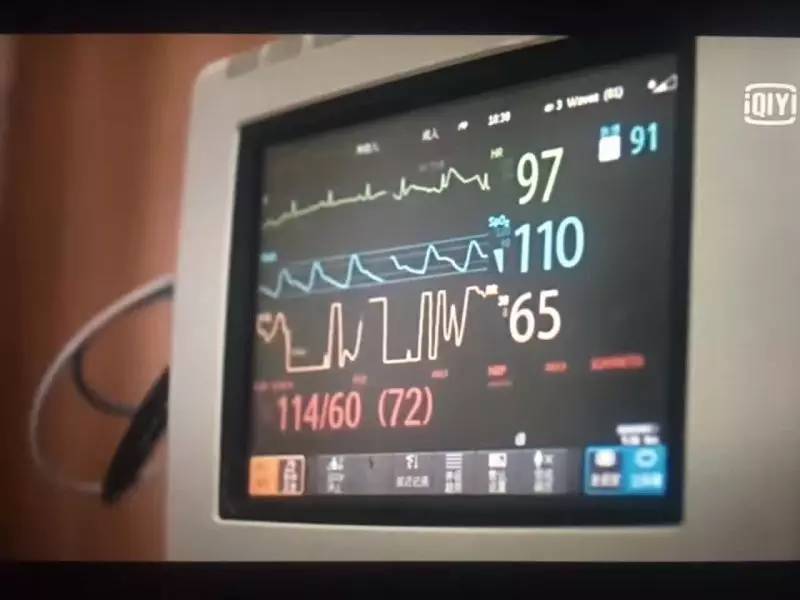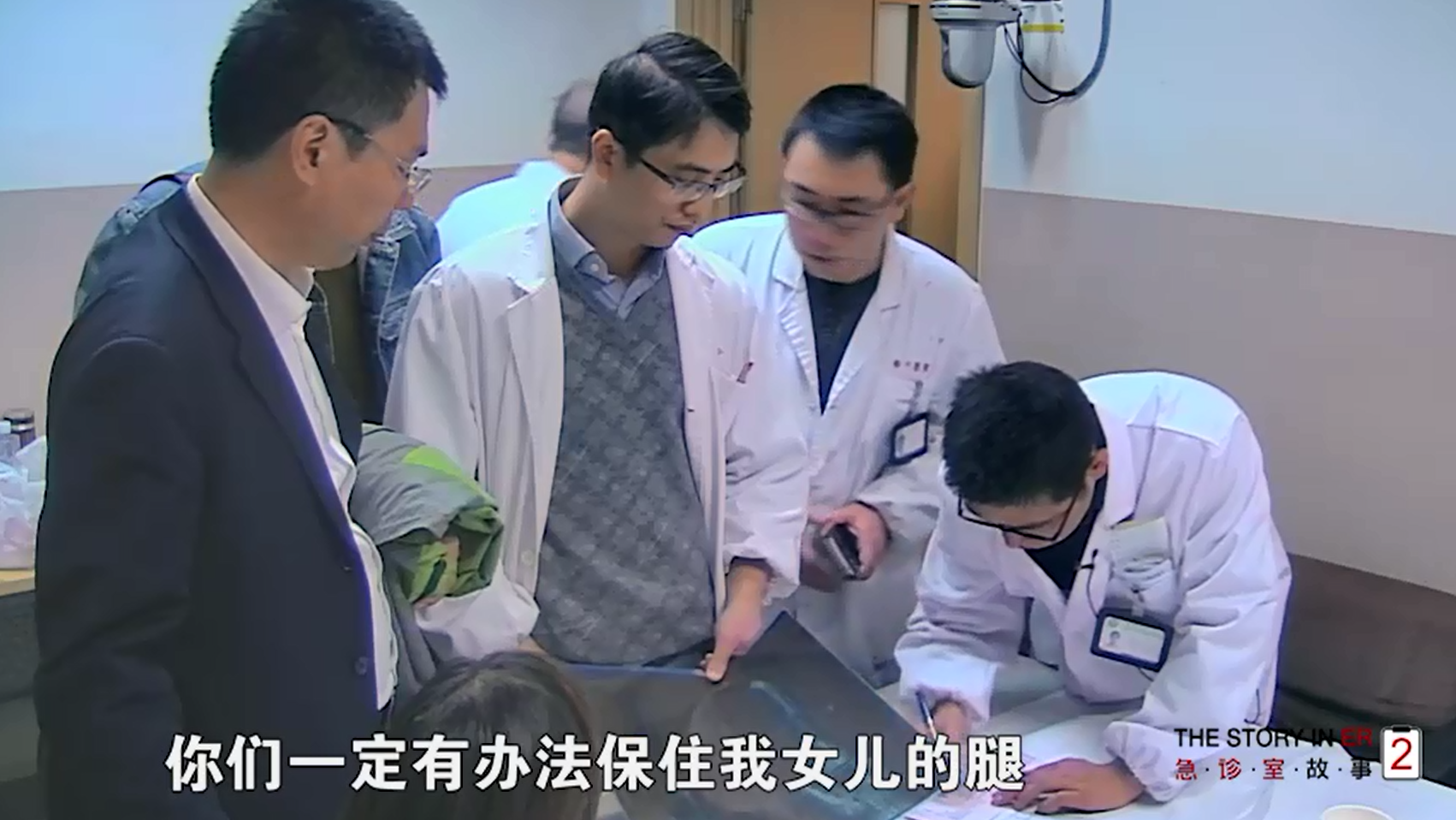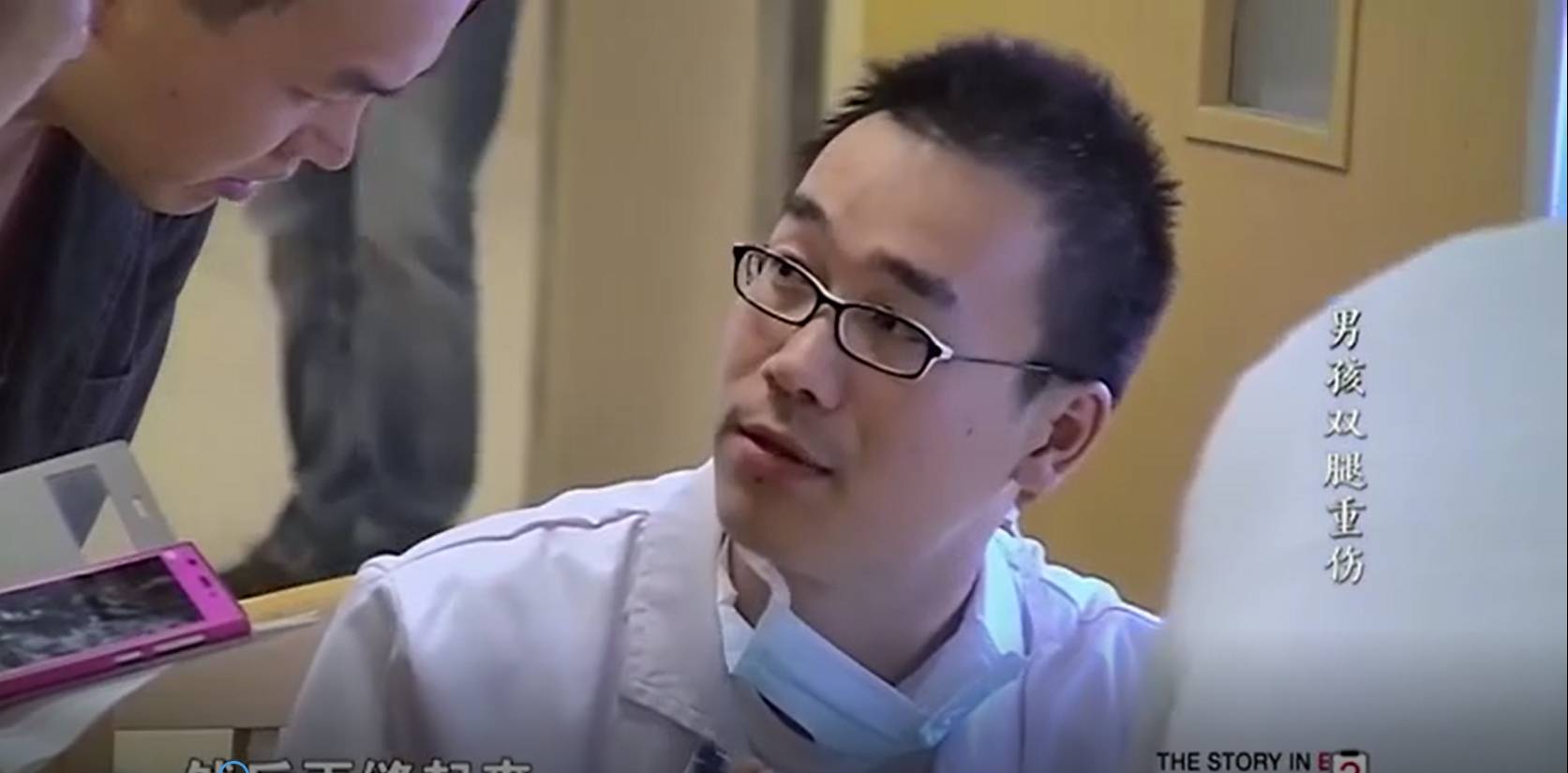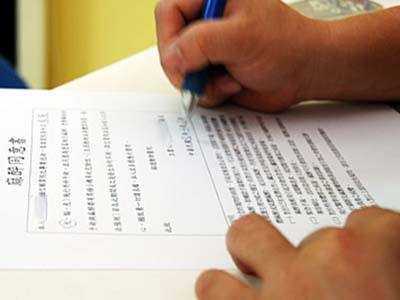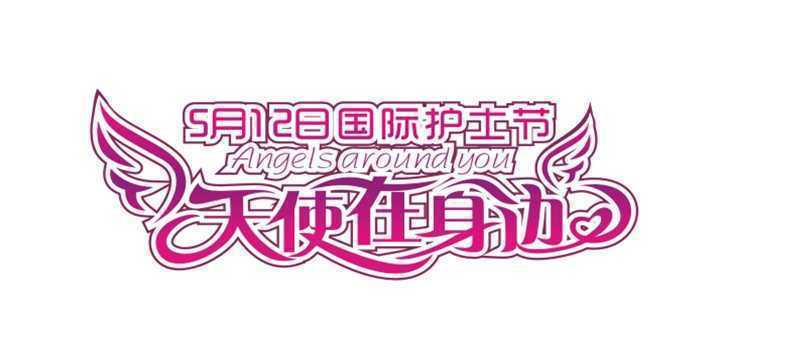这是 达医晓护 的第 2010 篇文章
上一篇我们介绍了宝宝从出生到三月龄各阶段发育的科普。本次的主题是三到六月龄的正常发育轨迹,如何促进宝宝的发育,以及在什么情况下需要引起重视去看医生。 3-4月龄 在这个阶段,之前的啼哭和吵闹通常会在12到16周龄之间缓解。宝宝在情感和社交领域有了进步。她不仅喜欢看你的脸,也乐意发掘其他新面孔的有趣性。她能听出你的声音并把头转向你,找到声源。在听到或看到他喜欢的东西时,宝宝会尽情大笑或微笑,发出「啊,哦」之类的声音,当你对他说话时,他会倾听并尝试回答你,发出「咕咕」或其他声音。当他自己一个人时,有时也会咿咿呀呀。 宝宝会自己去够去抓她感兴趣的东西了,比如摇铃,或者把东西放进嘴里,这是她探索学习周遭世界的途径。她喜欢去玩这些东西,会盯着看较长时间及动手去摇一下。这个年龄的宝宝会开始更多地使用他的手和手指,可能会惊奇地盯着自己的手看。有时候宝宝在看东西的时候可能会有些斗鸡眼,这在出生后最初几个月是正常的。 在你抱着宝宝或把她抱起来的时候,你会发现她的头部控制有进步了,仅需要较少的支持。在这个阶段,宝宝开始喜欢动了,可能会开始学习翻身。当你把宝宝放在俯卧位趴着的时候,他会把头高高地抬起来或用手去推。如果在身体的后面和两侧给一些支撑帮助的话,他甚至可以坐起来。 3-4 months: Any extra crying and fussing usually settles around 12-16 weeks. Your baby is busy learning about emotions and communication. She loves your face, but she might find new faces really interesting too. She also knows your voice and can turn her head to you when she hears you. Your baby is starting to show more emotion and might laugh out loud, smile when he sees and hears things he likes, and make sounds like ‘ah-goo’. When you talk, he’ll listen and try to reply. He might even try talking to you in ‘coos’ and other sounds. And when he’s alone, you might hear him babbling to himself. Reaching out to grab things – like rings or rattles – or putting things in her mouth are some of the ways your baby learns about the world around her. She’ll love playing with objects and might also take a long look at them and shake them. And now that your baby is using his hands and fingers more, he might stare at them in wonder and amazement. Sometimes your baby might cross his eyes when he’s looking at things – this is normal in the first few months. When you hold your baby or help her to sit up, you might notice she has better control of her head movements and needs less support. Around this age, your baby loves to move and will probably start rolling from tummy to back. When you give him tummy time, he might lift his head high or push up on his hands. He might even sit up with some support behind and on each side of his body. 4-5月龄 从宝宝出生到现在,他已经能辨认出你的声音,认识你,记住你长得什么样,并知道在他需要你的时候你会回应。在5月龄时,他开始和你有了更强的依恋。宝宝同时也认识了其他家庭成员以及照顾者,并且明白他们是谁。 宝宝会在听到你声音时转向你,甚至可能会对她的名字或其他声音,比如铃声,有反应。宝宝会更多地表达出情感 --尖叫,发出类似「啊,咕」之类的声音,甚至试图模仿你说话时的声调上下起伏。他会对镜子里的自己以及你微笑和说话。他还开始会表现出比如愤怒和沮丧的情绪。他可能会吼叫或絮絮叨叨地抱怨,而不仅仅是哭泣。 宝宝喜欢伸手去够并抓住身边的一切东西——吊环响铃、拨浪鼓、玩具、小积木等等。她可以用手掌和食指把东西握在手里。在这个年龄,宝宝可能学会翻身,从仰卧位到俯卧位以及俯卧位到仰卧位。在扶着臀部周围和下腰部给予支撑时,他可以坐起来。宝宝还会把手指放进嘴里并开始对你吃的东西感兴趣——这种兴趣会随时间推移在未来几周内增加。 4-5 months Over his first few months, your baby has learned to know your voice, remember what you look like and understand that you respond when he needs you. At about five months old, he’s starting to form a stronger attachment to you. He’s also got to know other close family members and carers well, and understands who they are. Your baby will turn to you when she hears your voice, and she might even respond to her name or another sound, like a bell ringing. Your baby is showing more emotion – squealing, making sounds like ‘ah-goo’ and even trying to copy the up-and-down tone you use when you talk. He might smile and talk to himself (and you!) in the mirror. He’s also starting to show emotions like anger and frustration. Instead of crying he might growl or whinge. Your baby really enjoys reaching and grabbing everything around her – dangling rings, rattles, toys, small blocks and more. She can hold things in her hand using her palm and pointer finger. At this age, your baby might also roll from back to tummy as well as from tummy to back. He may sit up with support around his hips and behind his bottom and lower back. You baby can put his fingers in his mouth and start getting interested in what you’re eating – this interest will grow over the coming weeks. 5-6 月龄 在5-6月龄,宝宝开始了解她是谁。同时她还在探究父母、照顾者、陌生人、成年人和儿童之间的区别。在这个年龄,她非常依恋父母,其他家庭成员和照顾者,并喜欢与他们在一起。在这个阶段,宝宝可能对不熟识的成年人害怕,这是陌生人焦虑的开始,也就是我们俗话说的“认生”“怕生”。这是宝宝在这个世界上学会感觉安全的一个正常过程。如果给予宝宝安抚和足够的安全感,随着宝宝长大,他最终会习惯看到不认识的人。 宝宝可以表达一定的情感—大笑,尖叫,和微笑表示幸福,喜悦和快乐。到了这个月龄,她可以做到想笑的时候就能笑。在生气或伤心,她也会嘟嘟哝哝,皱眉头和哭泣。当和你交流时, 宝宝可能会咿咿呀呀,发出“baba”或“gaga”的声音。但他也会尝试通过其他声音,动作和微笑来让你知道他想要什么。 在这个月段,宝宝可以自如地控制和移动头部,并开始通过伸手、扭动和自如地翻身来移动身体。同时,宝宝手眼协调有了进步,能准确地用单手去抓握到东西,放到嘴里,或从一只手交换到另一只手上。触摸和品尝是他现在探索及学习事物的途径。 在这个年龄,你的宝宝也可能敲,摔或摇晃玩具来了解它们是如何工作的。他会被扶坐,也可能会用他的手来支撑帮助他在坐位保持平衡。你会惊讶于宝宝居然会翻的那么远和宝宝能抓到的东西,所以要记住时刻看着你的宝宝,不然很容易就会发生意料之外的危险。 宝宝的胃口也在逐渐变大,这个月龄的宝宝已经准备好开始尝试不同口味的食物。6月龄左右是开始添加辅食的好时机。 5-6 months At 5-6 months, your baby is learning about who she is. She’s also working out the difference between parents, caregivers, strangers, adults and children. At this age, she has made important attachments to her parents and other close family members or carers, and likes spending time with them. Around this time, your baby might seem more aware or afraid of grown-ups he doesn’t know well – this is the beginning of stranger anxiety. It’s a normal part of learning to feel safe in the world. If you give your child time, he’ll eventually get used to these new people. Your baby can express emotions – laughing, squealing and smiling with happiness, joy and pleasure. At this age, she’ll smile when she wants to. But she’ll also grunt, frown and cry if she’s angry or sad. When it comes to communicating, your baby might babble and make sounds like ‘baba’ or ‘gaga’. But he’ll also let you know what he wants using other noises, movements and smiling. Around this age, your baby can move her head on her own and is starting to move her body more by reaching, wriggling and rolling. Your baby is also much better at using his eyes to guide his hands. He can reach out for objects with one hand, grab things and put them in his mouth or move them from hand to hand. Touching and tasting is how he learns about things now. At this age your baby might also bang or shake toys to learn how they work. And he might sit up with some support and use his hands to help him balance when he’s sitting. You’ll be surprised at how far your baby can roll and what she can reach, so always watch your baby. It doesn’t take long for baby to unexpectedly roll into or reach for something that puts her in danger. Your baby’s appetite is growing, and she’s ready to experience how different foods taste and feel. Around six months is a good time to introduce solid foods. 如何促进宝宝的发育? 1. 陪宝宝一起玩 唱歌,看书,玩玩具,和宝宝一起练习俯卧位趴着,一起发出搞笑的声音,宝宝一定会喜欢!而且,陪宝宝一起玩有助于你和你的宝宝相互了解,也能让他感到被爱和安全感。 2. 对宝宝微笑 当宝宝看到你的微笑,会让她觉愉快,舒适和安全。微笑也有助于宝宝的大脑发育,并帮助建立你和宝宝之间的紧密的亲子关系。 3. 对宝宝说话并倾听他的回应 这有助于宝宝学习语言和与人交流。当你说话或听的时候,看着你的孩子的眼睛,并做出面部表情来帮助他明白单词和感受之间的联系。 4. 找出你和宝宝都适合的生活规律 你和宝宝都适合的生活规律可以帮助你每天按相似的顺序安排生活,例如,喂食、玩耍、睡觉。这种模式有助于宝宝感到舒适和安全。 5. 为宝宝活动作好准备 在家中创造一个安全的环境以供宝宝活动。 6. 六个月左右开始添加辅食 给宝宝添加辅食有助于她获得足够的铁和其他营养物质。它还可以促进宝宝的牙齿和下颌发育,培养宝宝日后需要的其他技能,比如语言发育。但是要确保刚开始添加的辅食是糊状,以防止窒息。 7. 让孩子在遇到不认识的人时安心 在遇到宝宝不认识的人因为害怕而哭闹或者不安时,要安慰她,她就会知道她是安全的。 Helping baby development at 3-6 months 1. Play together: Sing songs, read books, play with toys, do tummy time and make funny sounds together – your baby will love it! Playing together helps you and your baby get to know each other and also helps him feel loved and secure. 2. Smile at your baby: When your baby sees you smile, it makes her feel happy and safe. Smiling also helps your baby’s brain develop and helps her form a healthy attachment to you. 3. Talk to your baby and listen to his reply: This helps your baby learn about language and communication. When you talk or listen, look your baby in the eye and make facial expressions to help him learn the link between words and feelings. 4. Find a routine: When it feels right for you and your baby, it can help to do things in a similar order each day – for example, feed, play, sleep. This pattern also helps your baby feel safe and secure. 5. Prepare your home for a moving baby: It’s a good idea to make your home safe for baby to move about in. 6. Start introducing solids around six months: Feeding your baby solid foods helps her get enough iron and other nutrients. It also strengthens her teeth and jaws and builds other skills that your baby needs later – for example, for language development. Just make sure the solids are small and mushy enough to prevent choking. 7. Reassure your child when she meets new people: If you comfort your baby when she’s crying or upset, she’ll learn that she’s safe. 在什么情况下需要引起重视去看医生 如果观察到6月龄的宝宝有以下的情况或者有你担心的情况,需要带上宝宝去咨询医生。 视觉 听觉 社交 哭闹地厉害并引起你担心 和你没有目光接触,不看人脸, 眼睛一直转来转去但并没有追视移动的物体 没有咿咿呀呀的声音,对声音没反应 行为和认知能力 没有微笑,不会把东西塞到嘴里 运动发育 头部控制不良 不主动去抓玩具或物品 不会看手玩手并经常是握拳状态 不会翻身 不会扶坐 Red flags by age 3 months: See your GP or paediatrician if you have any concerns or notice that your six-month-old is having any of the following issues. Seeing, hearing and communicating ·is crying a lot and this is worrying you ·isn’t making eye contact with you or doesn’t pay attention to faces ·crosses his eyes most of time and doesn’t follow moving objects with his eyes ·isn’t making any sounds or responding to noises. Behaviour and learning ·Your child isn’t smiling and isn’t putting objects in his mouth. Movement and motor skills ·has poor head control ·isn’t reaching and grasping for toys or objects ·doesn’t notice her hands and keeps her hands in a fist most of the time. ·isn’t rolling. ·isn’t sitting with your help


延伸阅读
部分图片摘自网络,如有侵权请告知,予以删除。
所有人名和地名均为化名,如有雷同,纯属巧合。
发表评论






 收藏
收藏
 赞
赞















